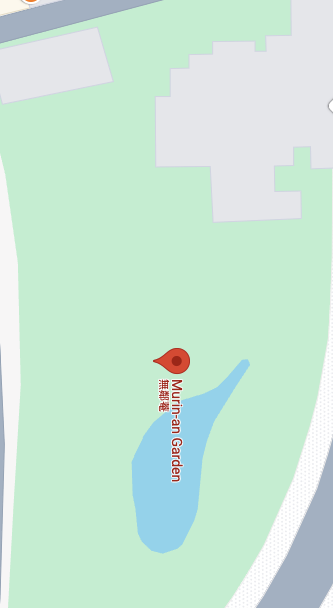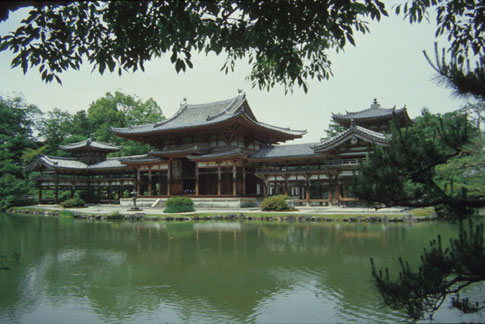
In 1894, the Meiji soldier and statesman Yamagata Aritomo constructed his private residence near the great Zen temple of Nanzen-ji in eastern Kyoto. The property is famous for a stroll garden located to the east of the house, a cleverly designed garden that uses the nearby hills of Higashiyama as borrowed scenery and the waters of the Lake Biwa Canal as the source of its streams. Choose a view point from the map or click Tour the Garden for more views of this garden.
In 1894, the Meiji soldier and statesman Yamagata Aritomo constructed his second private residence near the great Zen temple of Nanzen-ji in eastern Kyoto. The property is famous for a stroll garden located to the east of the house, using the nearby hills of Higashiyama as borrowed scenery and the waters of the Lake Biwa Canal as the source for its streams. Although Aritomo undoubtedly had a hand in the planning of the garden, its design and construction were the responsibility of Ogawa Jihei, the leading Kyoto landscape architect of the Meiji and Taisho periods. Ogawa, also known as Ueji, went on to construct a number of gardens for the private villas of the Nanzen-ji neighborhood. Considering the relatively small area of the Murin-an garden--the property measures only about 3,000 square meters or three-quarters of an acre--it is a remarkably complex design, with no fewer than three sources of water supplying the streams that converge at the front of the house. The major source of water is a dramatic three-tiered waterfall at the eastern end of the garden. The stream it produces flows to two shallow ponds connected by a "rapids" of small stones, the larger of the two ponds bordered on the south by a pebble beach. The outlet of this pond supplies the stream that runs toward the house, crosses in front of the eastern veranda, converges with a second stream, drops over a gentle cascade, and exits between the residence and a tea house. The pond and streams are bordered by gently sloping lawns and carefully pruned azaleas, while the area of the cascade is heavily wooded, its trees masking the busy streets that lie just beyond the confines of the garden. Branching paths allowed Aritomo and his guests to explore almost every area of the garden, crossing the streams on bridges and stepping stones.

